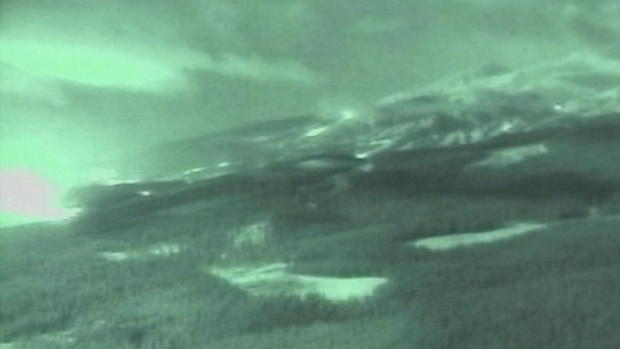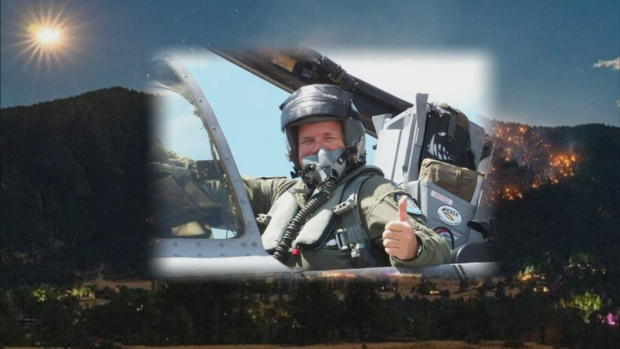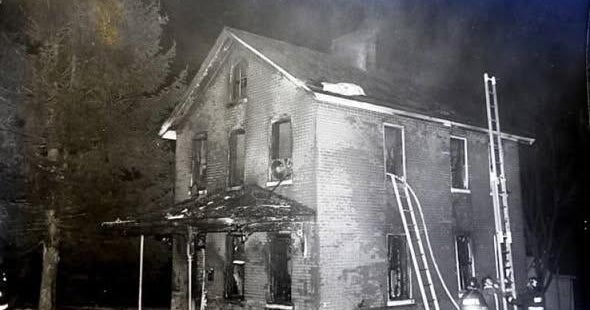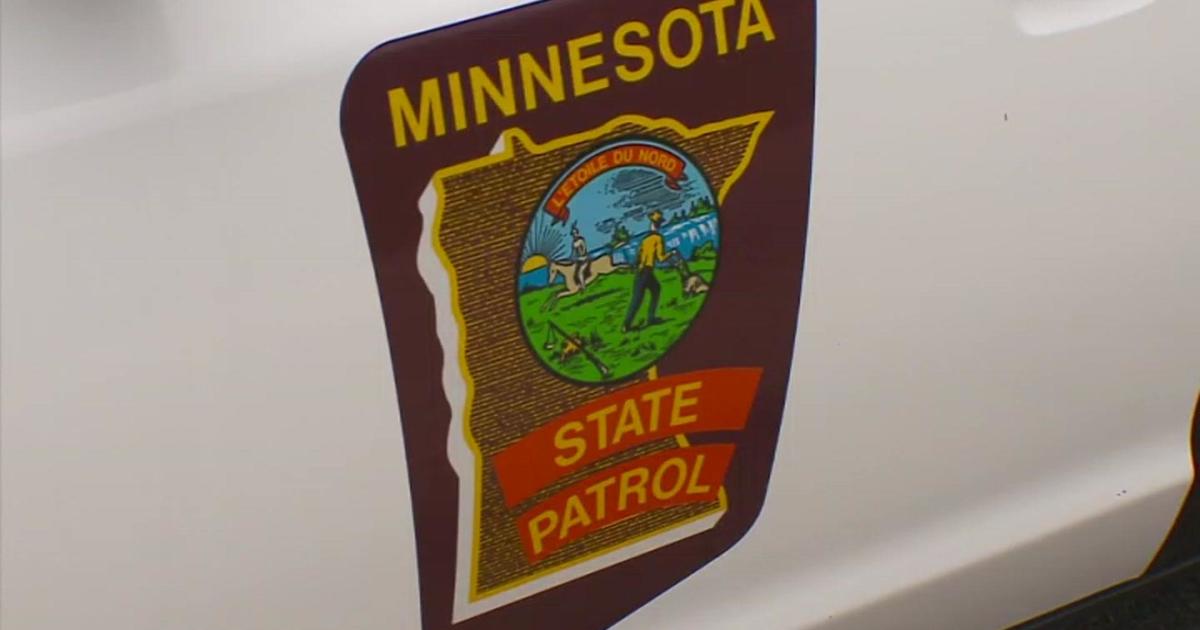Fighting Wildfires At Night: Estes Park Plane Crash Shows How Hard It Is
DENVER (CBS4) - Federal investigators are now at work investigating the crash that killed an experienced pilot trying to fight the Kruger Rock Fire. Marc Thor Olson had 32 years of experience in the U.S. Army and Air Force.
He also had 42 years of total flight experience and 1,000 hours of flying with night vision equipment.
Flying at night has long been avoided in firefighting. Smoke and darkness can play havoc on visibility. However, Colorado has been studying the idea in recent years at the Center of Excellence for Advance Technology Aerial Firefighting.
"We could be somewhat potentially twice as effective in the same period of time," said director Ben Miller. At night, wildfire often weakens. "Theoretically we could be more effective at night than we could during the day. It causes lower fire behavior. Humidity is increased, and typically winds are reduced."
Recommendations from the center in recent years have included a move into helicopter drops.
The center has been testing them at night and even implemented drops in a test on the Virginia Dale Fire in September in Larimer County. But they have yet to work into fixed wing aircraft.
"This was not an operation with the Division of Fire Prevention and Control or our organization, The Center of Excellence," said Miller. "I would not want to suggest that was by any means inappropriate. That is where night aviation is going into fixed wing aircraft. It makes sense and it's something that we're interested in."
Larimer County was using a contractor, Colorado Fire Aviation, for the first time. Winds in the area all day on Tuesday had been expected to peak during the evening hours said CBS4 Meteorologist Dave Aguilera.
Strong winds blew in from the west around the time of the crash, bashing into weaker winds from the northeast and southeast over Estes Park.
"Where the two met, right along the Front Range foothills here the winds were erratic, you see them going every which way and at 32 miles per hour," he pointed out.
The Sheriff Office released a statement saying an earlier water drop went well.
The pilot reported the wind was not too bad at the fire and said he would head to Loveland to get a load of suppressant to make a second drop.
About an hour later, the plane returned to the fire, and the pilot told ground resources it was turbulent over the fire, conditions were not ideal to make a drop, and that he was going to make one more pass and then return to Loveland. Moments later, at approximately 6:37 p.m., ground resources heard the plane crash.
There is no indication from investigators why the plane went down. Olson's body was discovered Wednesday morning.
The state's research into night fire suppression involves crews in the air and on the ground.
Technology may play a big role. Night vision equipment is one thing already in use, but the state is working on mapping and plotting software that could detail positions as well as obstacles.
"It's kind of that concept where everything that's moving, every resource, produces its GPS location every few seconds. It's all broadcast to a big server, and then that server shares out to all the different members of the operation where everybody's at, in real time… that's presented on that mobile device on a map, and so on that map we can also notate things."
That would include pinpointing where drops should occur. It has been tested on a helicopter, but not on fixed wing aircraft. Miller hopes to test it there within a year.
The tragedy in Estes Park brings up the reality of the danger in night firefighting right now.
"It's a crawl, walk, run approach anytime any time we involve aviation." Miller hopes it will not change their efforts to figure out how to do it safely. "It can't set us back."










